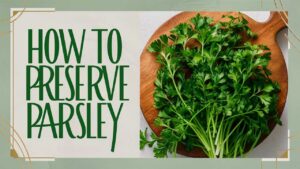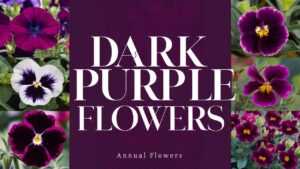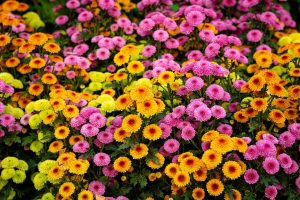In this comprehensive guide, we’ll explore the optimal times for sowing wildflowers, with a deeper look into practical tips and insights that cater to both novice and experienced gardeners.
Autumn is Ideal for Sowing Most Wildflowers
The transition from summer to fall marks an excellent window for wildflower sowing. This period offers unique benefits that help wildflower seeds thrive.
Sow Biennial and Perennial Wildflowers in Fall
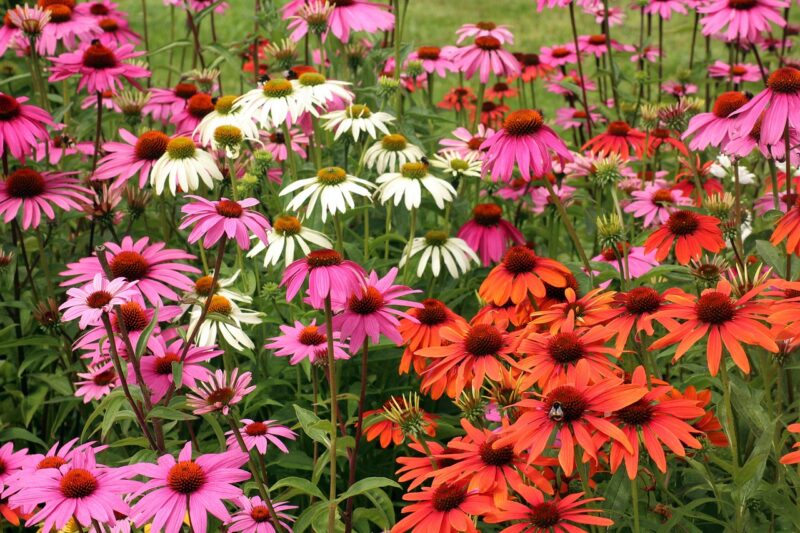
Biennial wildflowers, like Foxglove (Digitalis purpurea) and Evening Primrose (Oenothera biennis), require that extra growing time in their first year to establish root systems, allowing for flowering in their second year. Perennials, such as Purple Coneflower (Echinacea purpurea) and Black-eyed Susan (Rudbeckia hirta), offer the excitement of returning each season, but for both groups, planting in the fall can increase their strength and resilience.
Planting well before the first frost allows seeds to naturally stratify, enabling a stronger start in spring. Spreading seeds between late September and early November gives your biennial and perennial flowers the best chance to develop roots through winter. Make this even easier by observing your local climate—look for signs of frost and tailor your planting time accordingly.
Wildflower Seed Cold Stratification
Understanding cold stratification can drastically improve your germination rates. Many wildflower seeds, particularly those from native species, need to experience a chilling period to break dormancy. This process is mimicked naturally by winter conditions.
You don’t have to manually stratify seeds for fall sowing, as autumn does this for you. However, if you’ve missed the autumn window or are starting with seeds indoors, you can achieve cold stratification by placing seeds in a damp paper towel, sealing them inside a plastic bag, and refrigerating them for several weeks before planting. This mimics the natural winter conditions required for proper germination once you’re ready to sow in spring.
Sow Tender Annual Flowers in Early Fall or Late Spring
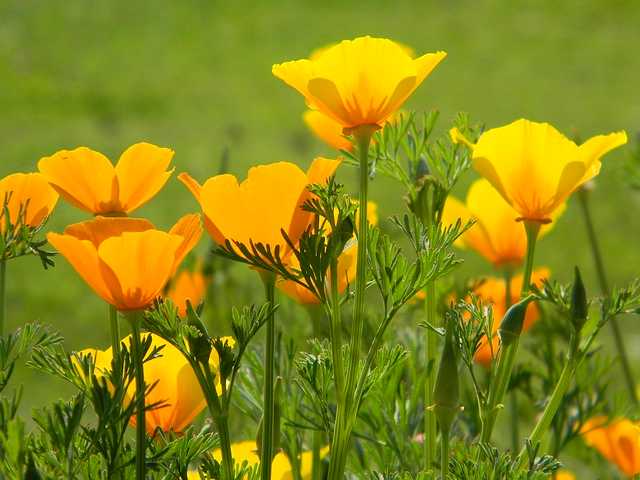
For some wildflower varieties, particularly tender annuals like California Poppies (Eschscholzia californica) or Cosmos (Cosmos bipinnatus), the timing is a bit more nuanced. These seeds can also be sown in early fall if your region experiences mild winters. However, be cautious of unexpected frosts; if risk exists, spring planting may be a safer option.
If you choose to plant in early fall, do so around late September or early October, ideally when soil temperatures still favor growth (above 50°F/10°C). Should you prefer to wait for spring, aim for planting around mid-April to early May, after the threat of frost has passed. Keeping a garden journal can help you track average frost dates in your area, allowing for better planning from season to season.
Annual vs. Biennial vs. Perennial
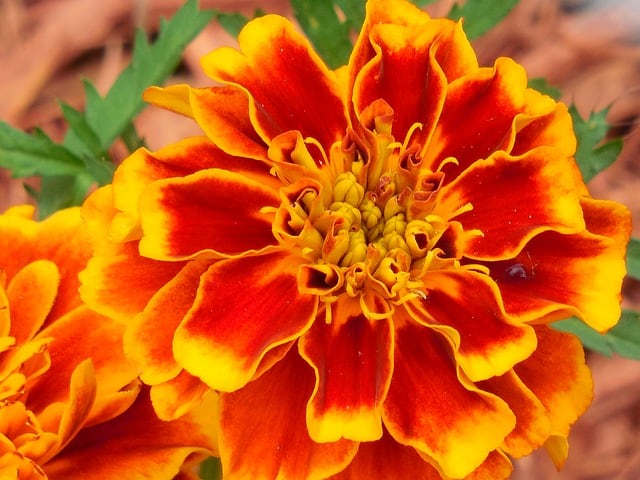
Understanding these categories can impact your planting strategy substantially.
Annuals: As detailed earlier, annual wildflowers complete their life cycle in a single season and are excellent for quick, thriving blooms. Examples include Sunflowers (Helianthus annuus) and Marigolds (Tagetes), which can be direct-sown post-frost.
Biennials: Taking two growing seasons to mature, biennials often provide stunning blooms in their second year. They also act as excellent soil stabilizers. Consider planting some species, like Sweet William and Carnations, to ensure beautiful bursts of color in alternating years.
Perennials: They require more initial care and often take longer to establish. However, their resilience makes them incredibly rewarding. Many native perennial species do best when allowed to germinate in fall, leading to robust growth in the following spring.
Choose your wildflowers carefully to create a dynamic and vibrant garden that boasts color throughout the seasons.
Native vs. Non-Native
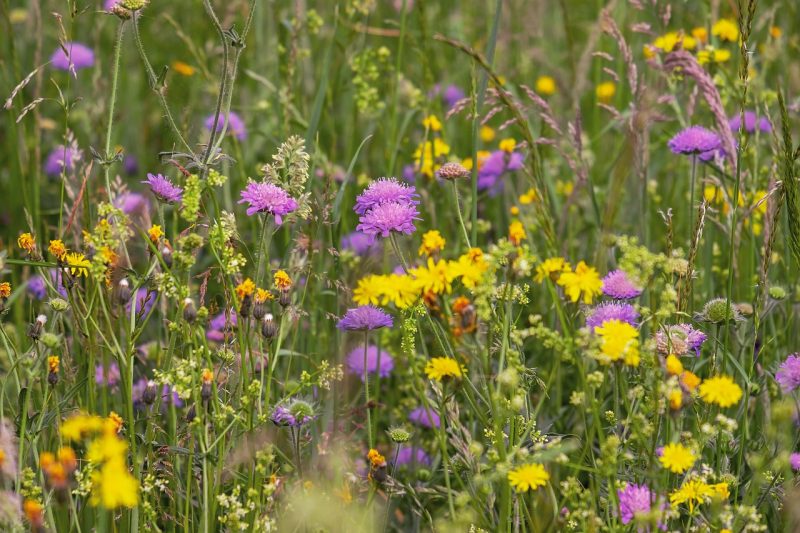
The discussion around native versus non-native wildflowers is essential for ecological gardening. Native flowers are adapted to local conditions, meaning they usually require less care and provide significant benefits to local ecosystems—supporting native pollinators, reducing water need, and often being more pest-resistant.
Non-native species can offer gorgeous blooms and might bring beauty to your garden, but they can also compete with local flora and disrupt ecosystems if they become invasive. Research your selections carefully and consider planting primarily native species to foster a balanced environment. Local extension services, botanic gardens, and library resources can help you find the best options for your area.
Seed Wildflowers Shallowly
Proper seeding depth is crucial for successful germination. Many wildflower seeds need light to germinate and won’t sprout if buried too deeply. A general rule is to plant seeds at a depth of about two to three times their diameter.
To seed shallowly, scatter your seeds generously across the designated area, then press them gently into the soil without covering them entirely. Some gardeners choose to lightly rake the soil afterward, barely covering the seeds to provide soil contact without obscuring them from light. Consider employing a seed starting mix with good drainage in garden areas and ensure your soil is well-prepared, free from weeds or debris.
The Best Time to Plant Wildflowers by Region
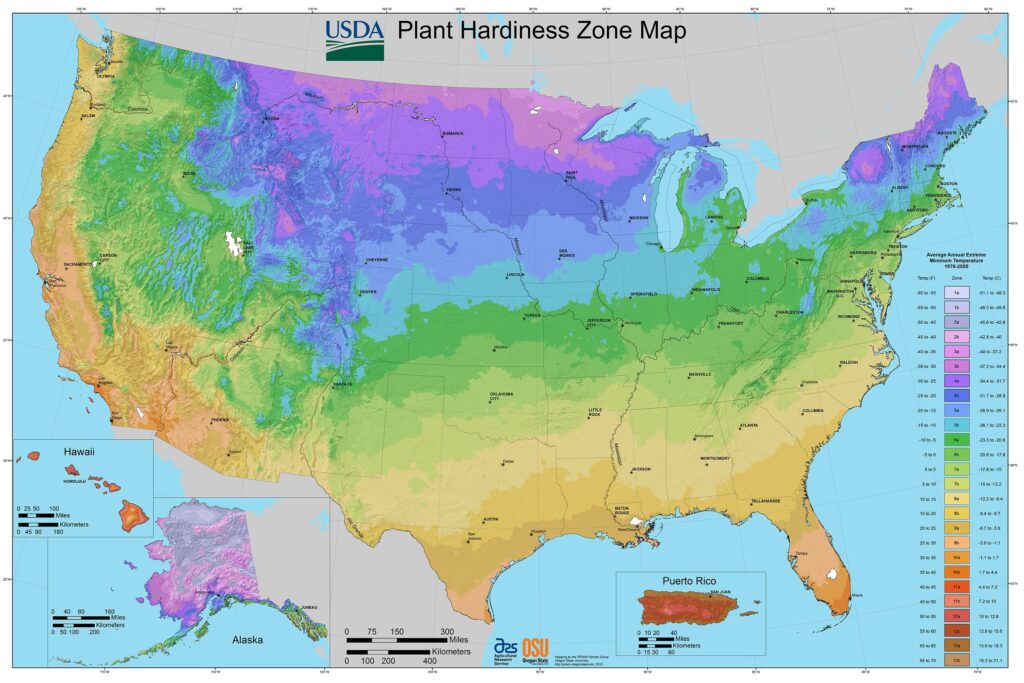
The best timing for planting wildflowers varies widely based on climate zones. Understanding your specific region will allow you to optimize your planting strategy.
Northern Regions (USDA Zones 3-5)
If you’re in states like Minnesota, North Dakota, or Michigan, your winters can be long and harsh. Think about sowing biennial and perennial wildflower seeds in late September to early November. The cold stratification benefit becomes particularly crucial here; winter serves as nature’s refrigerator for your seeds.
Spring sowing for tender annuals should occur once the temperatures rise consistently above freezing—typically after May 15. Another advantage here is the emergence of spring beauty, which comes alive as snow melts and soil warms, inviting a plethora of flowering native and cultivated wildflowers alike. Mixing hardy annuals can provide diversity while you await the perennial blooms.
Central Regions (USDA Zones 5-7)
For gardeners in regions like Ohio, Missouri, or Kentucky, fall sowing is excellent, with mid-September to mid-November being optimal for biennials and perennials. Because your winters are milder than those in the north, seeds may germinate earlier and tolerate consistent rainfall if planted correctly.
In spring, after the last frost date (which can appear as early as early March in some spots), focus on sowing tender annuals. Track your temperatures and moisture levels closely to ensure a rich harvest of blooms by summer. Using plant diversity allows central gardeners to embrace the wide spectrum of seasonal colors effectively.
Southern Regions (USDA Zones 8-10)
In southern states like Florida, Louisiana, and Texas, your affectionate climate allows for flexibility. Autumn planting may still be advantageous, especially for biennials and established perennials, which should be planted between late August and early October.
Tender annuals can be sown in early spring around February or March or even in the fall if winters don’t introduce extensive frost threats. The mild conditions allow for continuous blooms throughout much of the year, resulting in a garden that thrums with life. Southern wildflowers, such as Lantana, Verbena, or Coreopsis, showcase vibrant colors that can define your landscape.
Coastal Regions
Gardening on the coast presents unique conditions due to saline air and variable moisture levels. However, similar principles of timing apply.
Fall, particularly between mid-October and early November, is optimal for sowing perennial wildflowers. Consider species that tolerate coastal conditions, such as Sea Oats (Uniola paniculata) and Beach Strawberry (Fragaria chiloensis), which can withstand salty soil and windy conditions.
In spring, look to sow tender annuals as soon as frost is no longer a threat. Coastal climates often have more extended growing seasons, so be prepared to manage irrigation during dry spells, ensuring your wildflowers receive adequate moisture to flourish.
Conclusion
Choosing the right time to plant wildflowers is a crucial step toward creating a thriving garden that draws in wildlife and adds beauty to your landscape. By investing time to understand seasonal cycles, types of wildflowers, and the specific needs of your region, you can cultivate a magnificent outdoor space.


